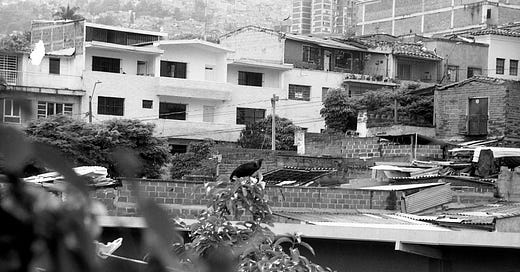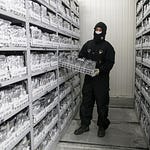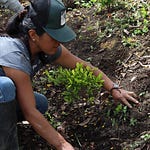This week I’m going to be unravelling the tangle of Colombia’s regional elections - I am excited to introduce to you today’s expert, Katherin Galindo Ortiz, who has spent much of this year travelling the length and breadth of Colombia, re-searching the country’s regional politics in advance of these elections, in her role as Research Coordinator at Colombia Risk Analysis.
The 2023 regional elections saw a 59% turnout, with 32 governors, 418 house representatives, 1,102 mayors, and more than 12,000 city council members elected. Across the country, candidates from traditional parties and political backgrounds won out and mayors saw a marked shift to the political right. A 28% decrease in public order violations was measured compared to 2019’s regional elections, but the seizure of money allegedly destined for vote-buying rose by 289%. 350 people were arrested for electoral crimes.
So, now that the dust has settled, what did it all mean – was it a referendum on the current national government? How legitimate were these elections? And what does it mean for the remaining three years of Gustavo Petro’s Government?










Share this post